On the opening day of Heroes Con, there were plenty of excellent panels to behold, but Image pulled out all the stops by packing so many artists and writers onto the speakers platform that one had to stand and another was teetering on the edge bravely. Aaron Holland (“A Comic Shop” columnist for Bleeding Cool) hosted the troop that included Tradd Moore and Justin Jordan (LUTHER STRODE), Nate Bellegarde (NOWHERE MEN), Cory Walker (INVINCIBLE), Ming Doyle (MARA), Joe Eisma (MORNING GLORIES), Todd Nauk (GUARDING THE GLOBE), and Joe Harris (GREAT PACIFIC). The diversity of their projects alone suggests what’s going well for Image right now, giving “everything a unique voice”, as Holland put it.
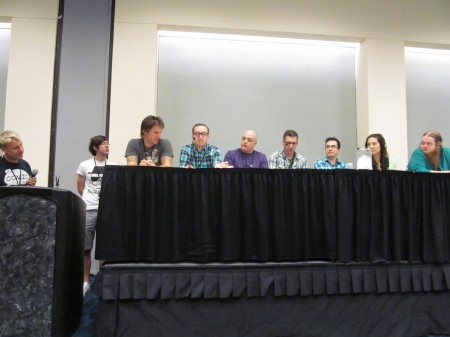
Next, things focused on what would become the hub of several questions during the panel: what benefits did these comics creators see in working at Image versus “non creator owned” work? Several of the panellists have worked in mainstream as well as creator-owned projects, so this was a tricky question, but one that provided plenty of commentary. Harris said, “We get to do whatever we want”, and commented on “awesome built-in benefits” to creator-owned work. Naukk quipped that “characters can stay dead”, which provoked some fan applause. Moore, who has plenty of work in both camps explained that he’s enjoyed working in both modes, but one of the biggest plusses for him at Image is the fact that creative teams are “very connected”, and everyone is included in e-mails. That means that nothing goes to print without everyone seeing it, and it provides an opportunity to correct mistakes and tweak problems to produce a better product for readers. “I don’t want to find out in a tweet”, he said, “if there’s an issue”.
Specific questions about different series currently running popped up from the floor throughout the discussion. Readers will be happy to learn that LUTHER STRODE is not, in fact, in its last few issues, but that another 6 issue miniseries is planned for 2014, though Moore and Jordan strongly indicated that the series won’t go on forever simply because it’s doing well, since they are both unwilling to “push it past its lifespan”. The ubiquitous digital versus print question was posed. Harris was all for the “tactile experience” of print despite the convenience factors of digital and Doyle “prefers print artistically” despite the wow factor of guided viewing in digital. Her first viewing of a digital version of one of her own comics was a “humiliating experience” because the rougher aspects of her background work, nearly invisible in print were suddenly glaringly obvious on a screen. Doyle predicted “more diversification” in the comics market as some comics are designed specifically for digital format and some for print.
Regarding design and layouts for Image, and whether there’s a conscious push toward innovation going on, Harris agreed that he appreciates design elements as a “signature” that amounts to “visual branding”, which he feels is an “extension of building your own brand in creator-owned comics”. This reflected the kind of communal independence that Image seems to create within its creative teams. Doyle was vocal about how glad she is not to have to design covers, for instance, around logos and pricing information. Bellegarde, commenting on NOWHERE MEN’S well-known penchant for intricate design, explained that design innovation was something that was integral to the book, in the hands of designer and team-member Steven Finch. This also stemmed from their desire to “use every square inch for the story” and also as a way to “set it apart from other books”. Moore agreed that though “You don’t layout to blow minds”, you do experiment more when there’s “no one to tell you otherwise” and that encourages “strange” and “different” work. When he initially started working on LUTHER STRODE, he said, he was under the impression that there were “rules” to format, but learned that size and materials relating to narratives can change on impulse, like a charcoal-sketch cover he created.
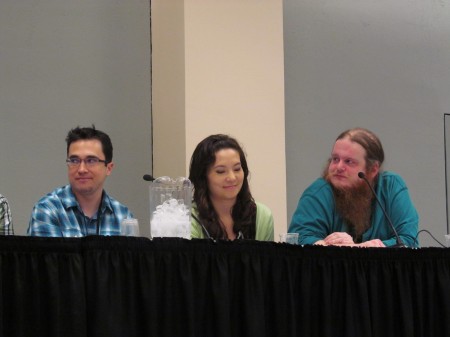
The panel ended up feeling like a well-collected library of exotic titles, each with totally unique concepts and artwork, and stood as a good reminder of just what new and innovative things comics creators are increasingly being allowed to do, particularly at Image. The work represented around the crowded panel table definitely makes it more exciting to be a comics fan right now and see how creator-owned can create opportunities for things that simply have never been done in comics before.
Hannah Means-Shannon writes and blogs about comics for TRIP CITY and Sequart.org and is currently working on books about Neil Gaiman and Alan Moore for Sequart. She is @hannahmenzies on Twitter and hannahmenziesblog on WordPress. Find her bio here.



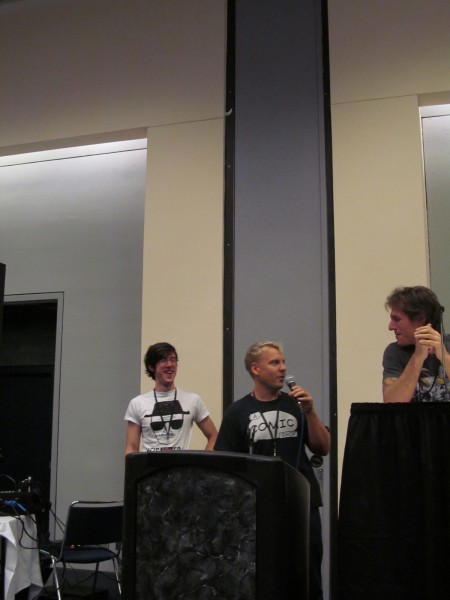
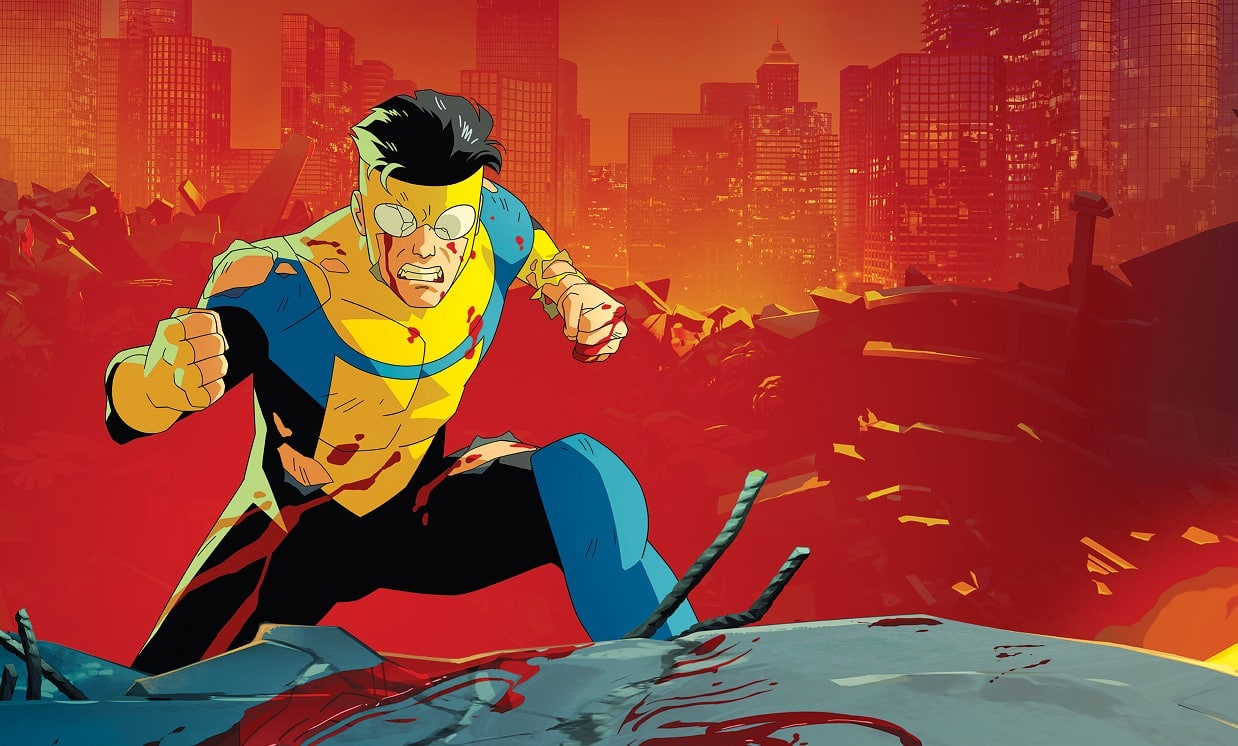
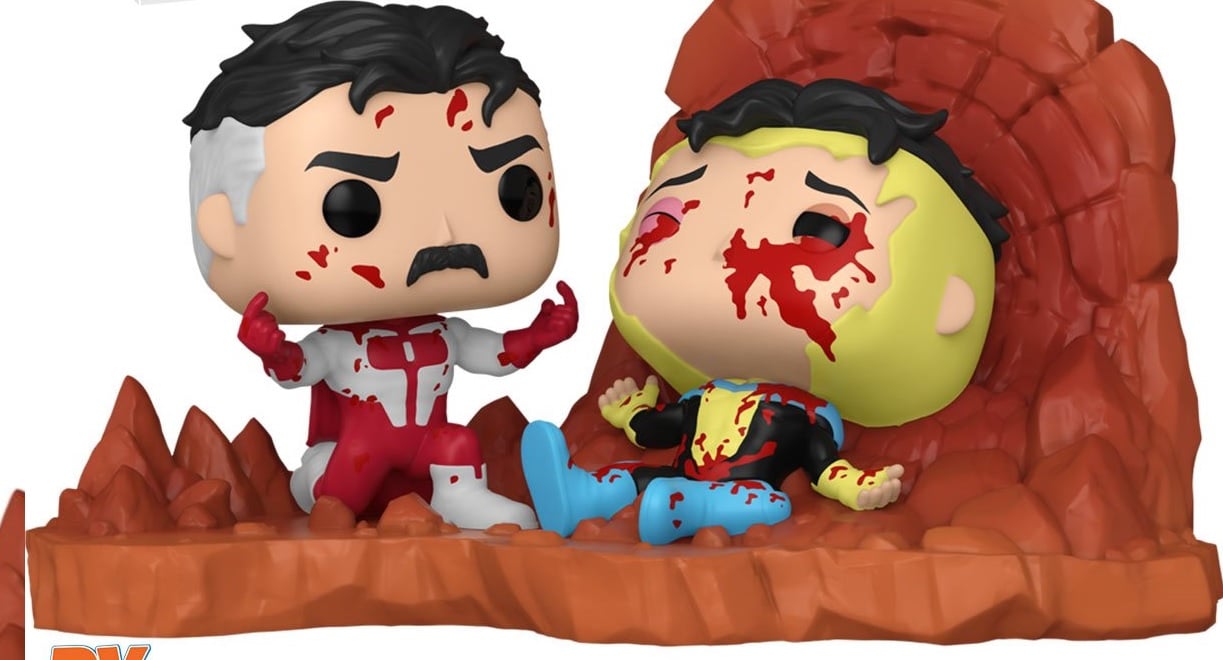

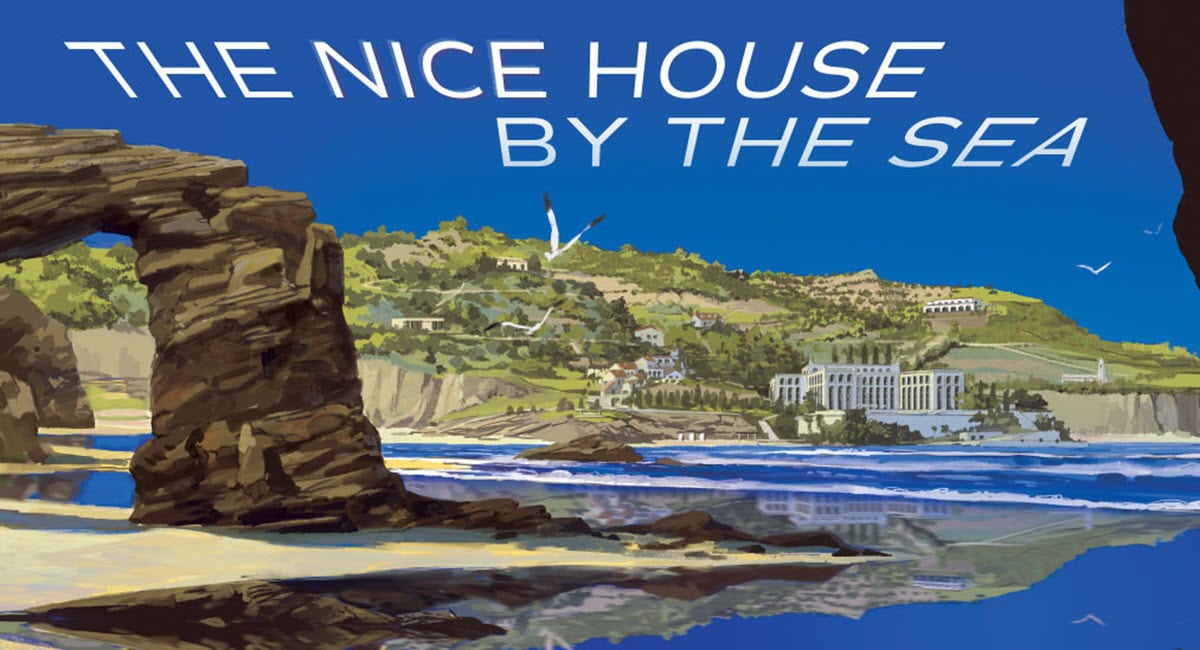



Hannah -Very good coverage of the panel, thank you! I wish I was there.
Comments are closed.